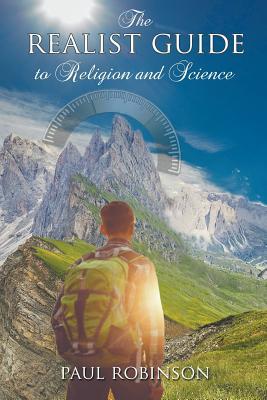What do you think?
Rate this book


556 pages, Paperback
Published January 15, 2018
Nor can one reply that this is not a matter of faith, because even if it is not a matter of faith because of the subject matter [ex parte objecti], it is still a matter of faith because of the speaker [ex parte dicentis]. Thus anyone who would say that Abraham did not have two sons and Jacob twelve would be just as much of a heretic as someone who would say that Christ was not born of a virgin, for the Holy Spirit has said both of these things through the mouths of the Prophets and the Apostles.
The Sacred Tribunal being therefore of intention to proceed against the disorder and
mischief thence resulting, which went on increasing to the prejudice of the Sacred Faith, by
command of His Highness and of the Most Eminent Lords Cardinals of this supreme and
universal Inquisition, the two propositions of the stability of the Sun and the motion of the
Earth were by the theological Qualifiers qualified as follows:
The proposition that the Sun is the centre of the world and does not move from
its place is absurd and false philosophically and formally heretical, because it is
expressly contrary to the Holy Scripture.
The proposition that the Earth is not the centre of the world and immovable but
that it moves, and also with a diurnal motion, is equally absurd and false philosophically
and theologically considered at least erroneous in faith.